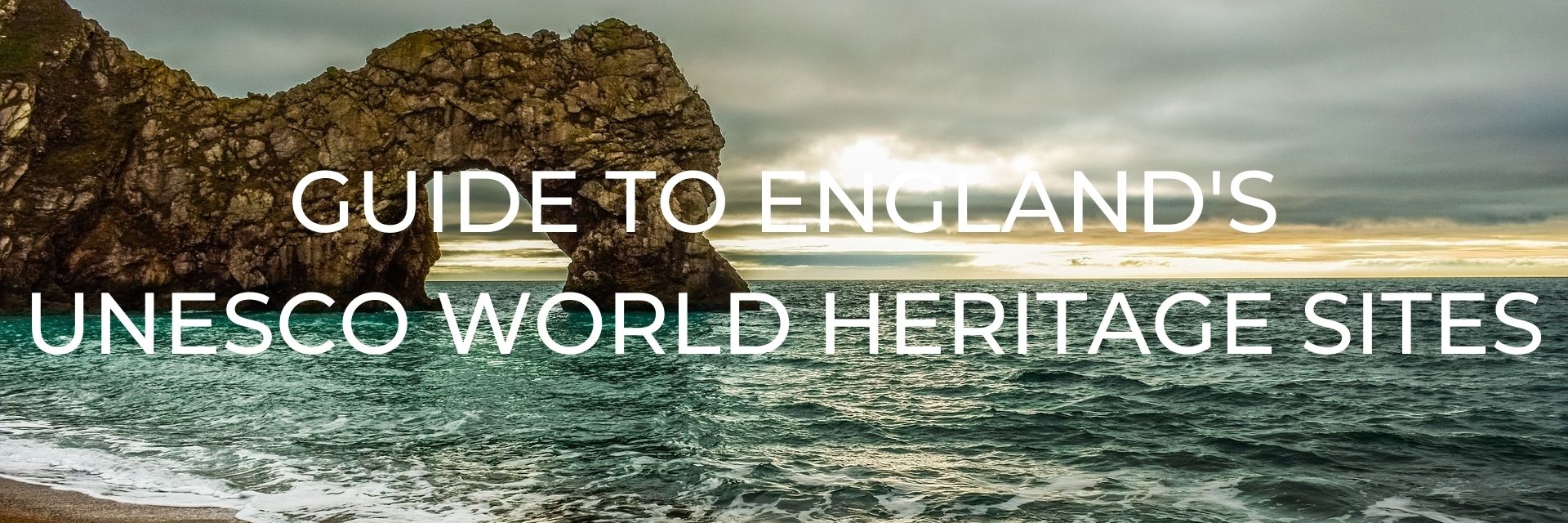
The difficulty in planning a trip to England isn’t in finding things to see and do, but rather to be able to narrow down the choices because there are so many wonderful options! With the country’s wealth of natural and man-made wonders just waiting for travellers to discover, a good place for you to begin exploring this historic and beautiful country is with their UNESCO World Heritage sites.
You may have heard people talk about UNESCO World Heritage sites or have visited them yourself but just what are they?
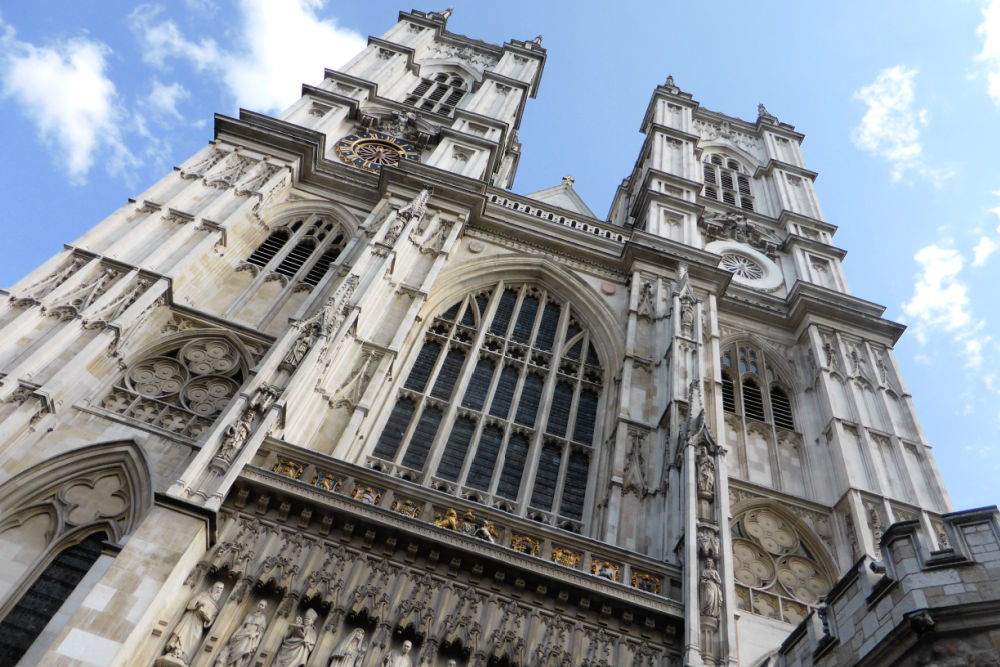
This post may contain affiliate links. Please read our full disclosure policy here.
World Heritage Sites are “A place (such as a forest, mountain, lake, desert, monument, building, complex, or city) that is listed by the UNESCO as of special cultural or physical significance. As of July 2021, 1154 sites are listed: 897 cultural, 218 natural, and 39 mixed properties. While each World Heritage Site remains part of the legal territory of the state wherein the site is located, UNESCO considers it in the interest of the international community to preserve each site.” To be included on the list a site must be of “outstanding universal value” and meet at least one out of ten selection criteria.
So if you’re feeling a bit lost about where to start planning your England itinerary, then read on to learn more about their UNESCO World Heritage sites which should help give you some inspiration, especially if you are interested in culture, history, grand architecture, and stunning landscapes.
TABLE OF CONTENTS
UNESCO WORLD HERITAGE SITES IN ENGLAND
- Cornwall and West Devon Mining Landscape
- Palace of Westminster and Westminster Abbey, including Saint Margaret’s Church
- Studley Royal Park including the Ruins of Fountains Abbey
- Frontiers of the Roman Empire: Hadrian’s Wall
- City of Bath / Great Spa Towns of Europe
- The English Lake District
- Blenheim Palace
- Royal Botanic Gardens, Kew
- Durham Castle and Cathedral
- Ironbridge Gorge
- Maritime Greenwich
- Dorset and East Devon Coast (Jurassic Coast)
- Saltaire
- Canterbury Cathedral, St. Augustine’s Abbey, and St. Martin’s Church
- Jodrell Bank Observatory
- Stonehenge, Avebury, and Associated Sites
- Tower of London
- Derwent Valley Mills
Inscribed to World Heritage List: 2006
Cornish Mining World Heritage Website || UNESCO World Heritage List Entry
The Cornwall and West Devon Mining Landscape is recognised for its role in the development of copper and tin mines during the 18th and 19th centuries. Deep mines were excavated under the now-iconic engine houses along with small towns to house the miners, foundries to process the tin and copper, and ports and harbours to take the products out into the world.
In the early 19th century this small corner of England was producing two-thirds of the world’s copper.
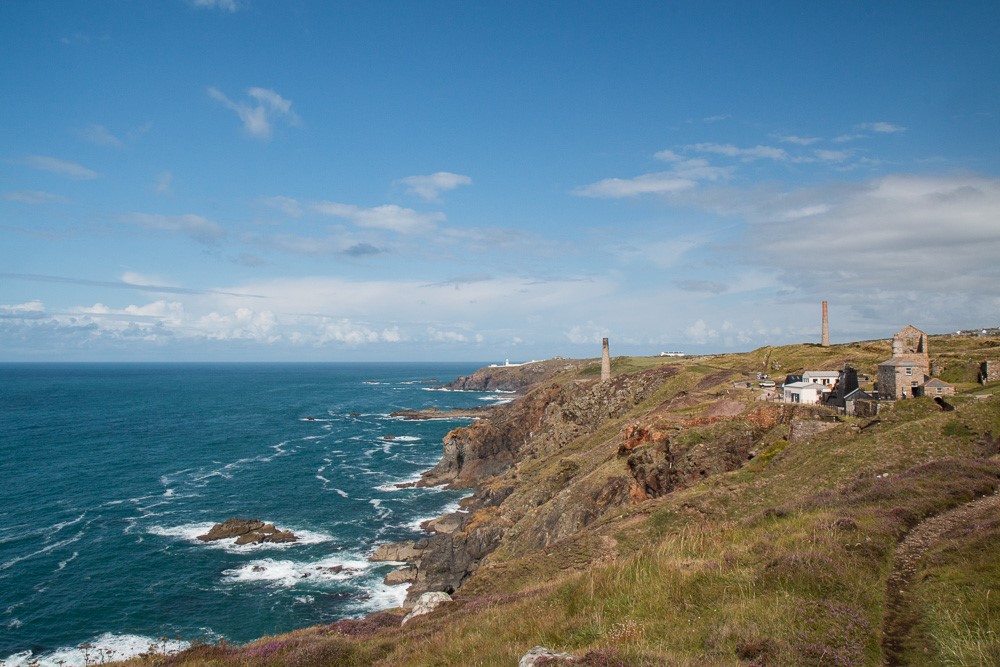
The landscape is open moorland tumbling over steep cliffs down to the sea. Along the coast are the remains of mining with the engine houses and ventilation shafts dotted all over the sea cliffs. These mark the start of the tunnels that reach out under the sea for miles.
Geevor Tin Mine is now closed but it is possible to visit the site. A small section of tunnels is open as well as an interactive museum that really brings the landscape to life. A short walk from Geevor is Levant Tin Mine which is cared for by the National Trust and still has a working Beam Engine.
To visit this UNESCO site you need a car as public transport is limited and the sites are dotted around the landscape. It may be better to choose one or two mines to visit rather than attempting to see them all.
Contribution and Photo from Suzanne of Meandering Wild
READ MORE: 18 Things to See and Do in Cornwall, England
Inscribed to World Heritage List: 1987
Westminster Abbey Website || Palace of Westminster Website || UNESCO World Heritage List Entry
The Palace of Westminster (more commonly known as the Houses of Parliament) and Westminster Abbey are two of the most famous landmarks in London and are unmissable destinations for any first-time visitor to London. Both attractions lie next to the River Thames and were declared UNESCO World Heritage Sites in 1987.
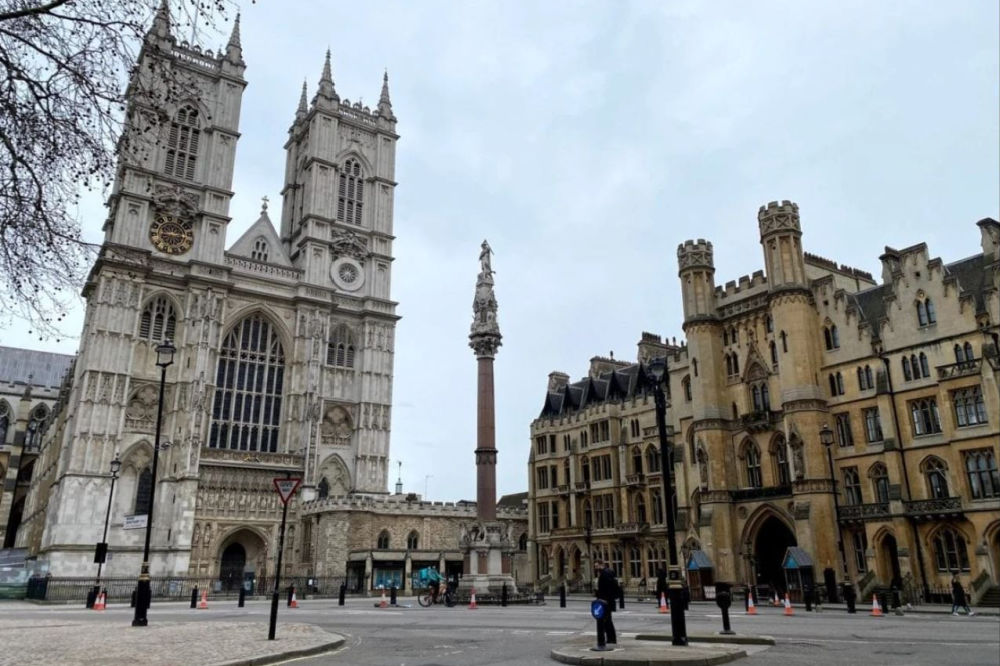
The Palace of Westminster dates back to the mid-19th century, with the Westminster Hall section dating as far back as the 11th century! The main tourist attraction here is Big Ben, which is formally called the Elizabeth Tower. This massive clock has recently undergone a years-long restoration and you’re now able to see the clock face for the first time in years!
You’re able to enter the Palace of Westminster on official guided tours, but these are fairly infrequent so you’ll have to book in advance.
Westminster Abbey is one of the most important churches in the UK, having been the venue of every coronation since 1066 as well as 16 royal weddings. The gothic architecture of Westminster Abbey is stunning, but if you head inside you’ll be even more surprised.
Westminster Abbey is the grave of some of the UK’s most important and influential people, from Charles Darwin to Charles Dickens, and plenty of members of the royal family!
Contribution and Photo from Ella of Many More Maps
Inscribed to World Heritage List: 1986
Studley Royal and Fountains Abbey Website || UNESCO World Heritage List Entry
Hidden in the Yorkshire countryside not too far from Ripon, you will find Fountains Abbey and Studley Royal Gardens. While there are many abbey ruins across England, this one is the only one to be named a UNESCO site. The feature that makes it unique is how the Abbey ruins have been incorporated with Studley Gardens.
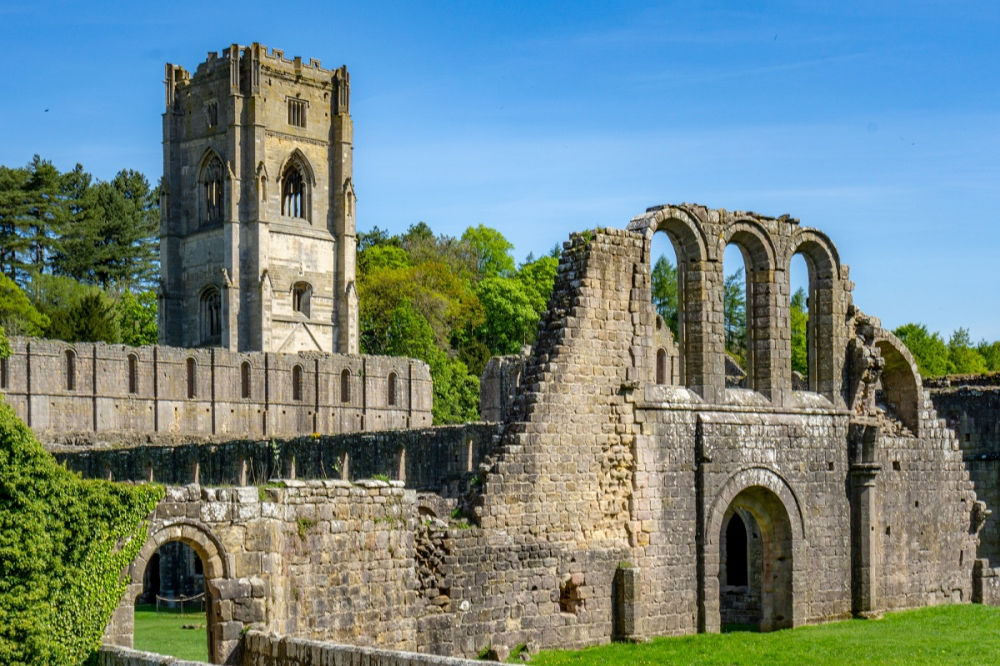
Fountains Abbey was founded in 1132 and operated for 407 years! It was one of the wealthiest monasteries in England until Henry VIII ordered its dissolution in 1539. In 1761, the owners of Studley Gardens next door purchased Fountains Abbey making the two sites one.
With all there is to see at Fountains Abbey, you should plan on spending a whole day. First, check out the massive Fountains Abbey ruins, and then, nearby, you should also visit the Fountains Mill and Fountains Hall. Then it’s a bit of a scenic walk to Studley Royal Gardens, or to Studley Deer Park, and St. Mary’s Church, both of which are free for all to visit.
Contribution and Photo from Anisa of Two Travelling Texans
Inscribed to World Heritage List: 1987
Hadrian’s Wall Website || UNESCO World Heritage List Entry
Hadrian’s Wall is an incredible UNESCO site, located in the north of England. Originally built in 122 CE by Hadrian, the Roman Emperor, it marked the northernmost border of Roman Britannia. The site stretches across the modern counties of Northumberland and Cumbria, and there are still significant remains of the actual historic wall itself in many areas.
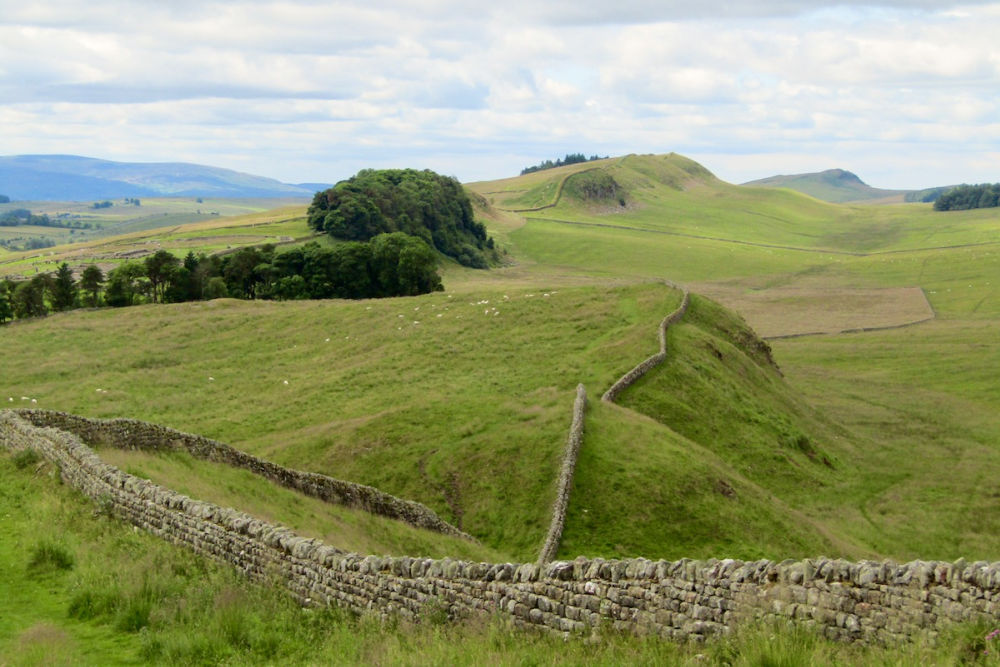
There are several Roman forts along the wall – one of the best-preserved and largest is Housesteads Roman Fort. Here, you can see the remains of the soldiers’ barracks and the hospital, plus it’s just a short walk to Sycamore Gap – an iconic, scenic stretch of wall with a large sycamore tree in the middle of a dip. Other major sites include Chesters Roman Fort and Birdoswold Roman Fort, which (like Housesteads Roman Fort) are operated by English Heritage today.
If you’re after an adventure in the great outdoors, the Hadrian’s Wall Path is an 84-mile, long-distance trail that follows the course of the wall from Wallsend (outside Newcastle) to Bowness-on-Solway on the Cumbrian coast.
Hiking Hadrian’s Wall is a fantastic way to see and experience the history of this UNESCO site firsthand, as you come across stretches of wall and ruins – and you can enjoy the beautiful scenery of the north of England, too.
Contribution and Photo from Maja of Away with Maja
Inscribed to World Heritage List: 1987 (City of Bath) / 2021 (Great Spa Towns of Europe)
City of Bath Website || UNESCO World Heritage List Entries for City of Bath and Great Spa Towns of Europe
Founded by the Romans as a thermal spa, Bath has a very rich architectural heritage that reflects several periods throughout the city’s history. It is especially significant for its contribution to urban design in its Georgian town centre and is as beautiful of a city today as it was during its Georgian heyday.
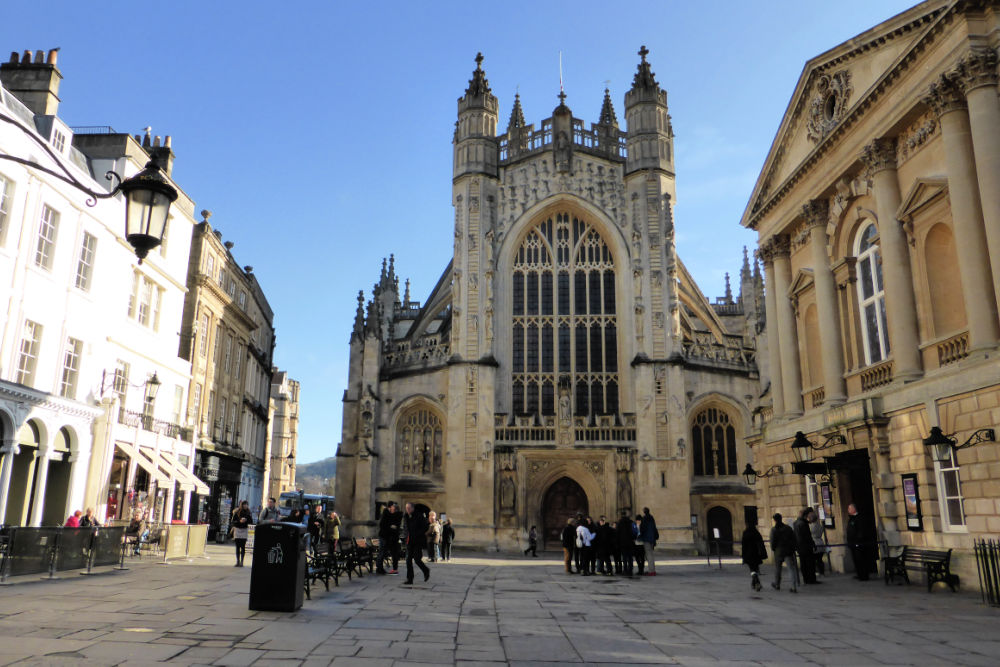
The town grew around a temple the Romans built to the goddess Sulis around the year 60 AD on the site of a geothermal spring. Today there are many great things to see and do in Bath, but the Roman Baths are likely the biggest draw to the city and for good reason as they are fascinating to visit.
In the 11th century, Bath succeeded Wells as the seat of Somerset and their abbey became Bath Cathedral, although this was later replaced by an even grander cathedral to match Bath’s new status.
Bath then thrived as a centre of the wool industry until its decline in the 17th century, by which time the city was attracting wealthy visitors to ‘take the waters’.
In the 18th century Bath really became what we know it for today- an elegant and fashionable spa town with gorgeous Palladian buildings mixed with the Roman spas. It was THE place to see and be seen.
READ MORE: Weekend Guide to Bath: 48-Hour Itinerary
Inscribed to World Heritage List: 2017
English Lake District Heritage Site Website || UNESCO World Heritage List Entry
The Lake District National Park is a fairly new member of UNESCO’s World Heritage List, added in July 2017. Its addition recognises the Lake District’s agricultural past, natural beauty, and future conservation and preservation needs.
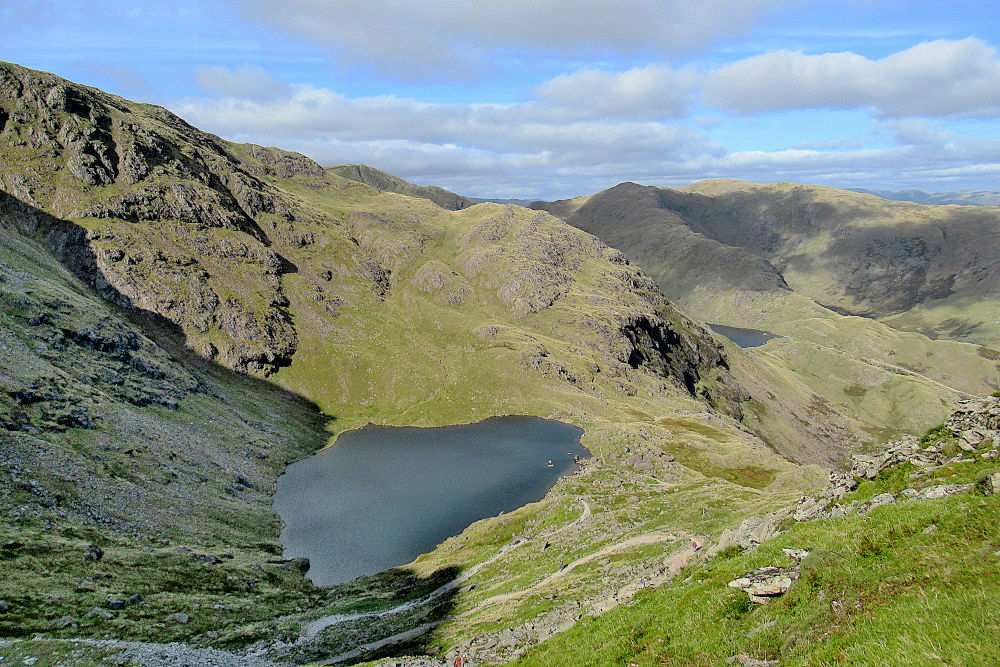
Its mountains, valleys, lakes, and quaint towns attract thousands of visitors from around the world each year. Yet, despite the Lake District’s popularity, it’s easy to find yourself alone in the countryside in the 2,292 square kilometres within the national park boundary. So, whether it’s an afternoon of adventure or a chance to escape the city you’re looking for, the Lake District has something for everyone.
Experience the power of nature at Aira Force or Scale Force waterfalls, taste incredible gingerbread in Grasmere, take a boat trip around Lake Windermere, or climb one of the 214 Wainwrights (hills and mountains). For incredible 360-degree views over the Lake District and as far as the Irish Sea and Yorkshire Dales, climb Old Man of Coniston which, because it’s one of the lesser-known peaks means you’ll avoid the crowds for a more authentic in-nature experience.
Don’t know where to start? Well, that’s the beauty of the Lake District, you’ll never see or do it all. It’s the perfect place to come back to time and time again, just make sure you go!
Contribution and Photo from Zoe of Zoe Goes Places
Inscribed to World Heritage List: 1987
Blenheim Palace Website || UNESCO World Heritage List Entry
Blenheim Palace is the only historic house in England that holds the name of “palace” but it doesn’t belong to the royal family and it doesn’t hold an episcopal status. The UNESCO site was built between 1705 and 1722, and it was designated a World Heritage monument in 1987.
It was designed by the famous architect Sir John Vanbrugh, who, unfortunately, didn’t get to see it finished because of his disputes with the lady of the house. The gardens of Blenheim Palace were designed by the famous landscaper Lancelot “Capability” Brown, also known for his work at Highclere Castle, Warwick Castle, and Kew Gardens.
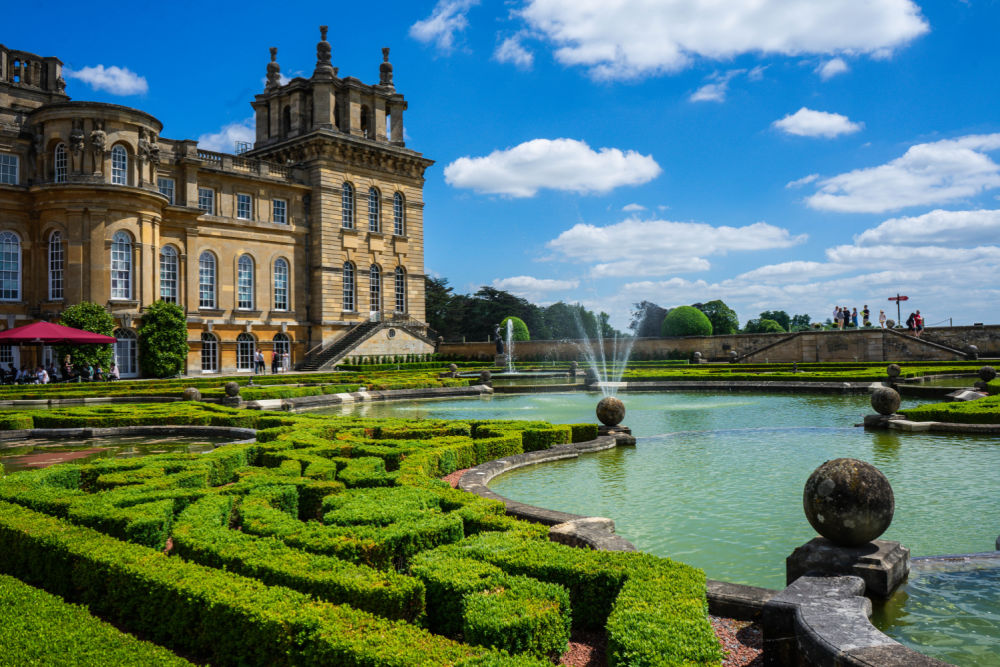
Blenheim Palace is known as the birth house of Sir Winston Churchill. He spent a lot of time here, during his childhood and as an adult and it was where he learned how to ride a horse and where he proposed to his wife. He used to frequent the palace very often for different events during his life. Churchill loved the palace so much that his grave is in Woodstock village, overlooking Blenheim.
It easily takes an entire day to visit Blenheim Palace, the gardens, and the current exhibitions. The stables were recently opened to the public for the first time, transformed into an interactive exhibition highlighting the importance of horses at Blenheim Palace.
Contribution and Photo from Joanna of The World in My Pocket
READ MORE: Guide to Visiting the Churchill War Rooms
Inscribed to World Heritage List: 2003
Kew Royal Botanic Gardens Website || UNESCO World Heritage List Entry
In Richmond in London is Kew Royal Botanical Gardens, which is a fantastic place for a day out especially if you love to see beautiful scenery or have an interest in horticulture. Kew Gardens is a UNESCO World Heritage Site for very good reasons including notable elements such as the Royal Botanic Gardens, Kew Palace, and Queen Charlotte’s Cottage. In total, there are 44 listed buildings on the site, further adding to its importance.
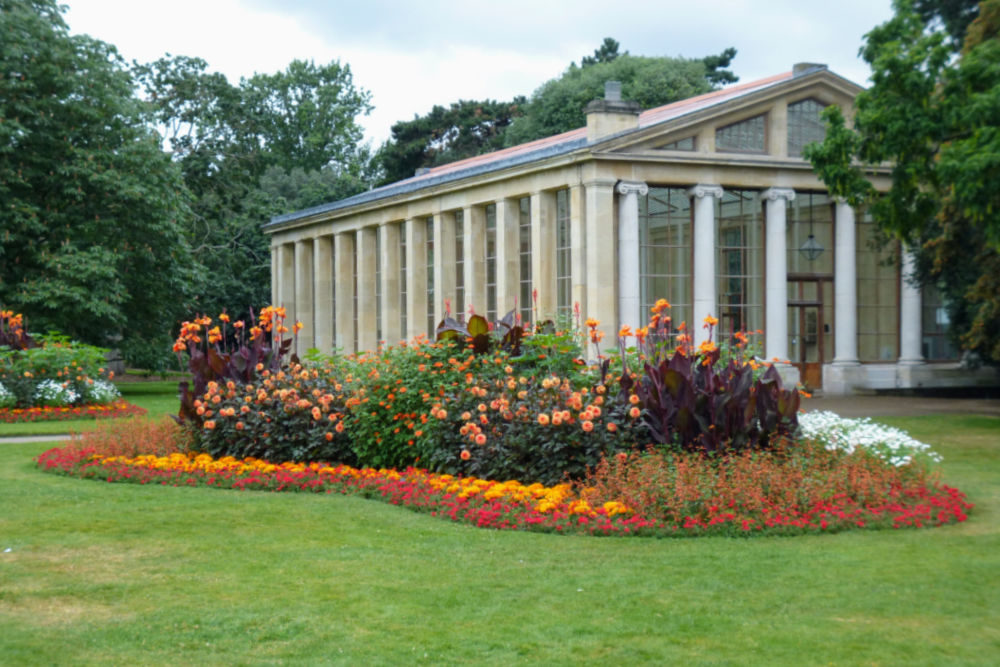
The gardens were created in 1759 and contain a history of landscaped gardens especially landscapes from the 18th to the 20th century. The massive collection of botanical life includes species from around the world and Kew does a wonderful job conserving plants in a stunning park. The tropical and temperate greenhouses are interesting to stroll through and to see the gardens from a great vantage point, check out the treetop walkway.
The gardens are pretty straightforward to visit and they have their own dedicated Tube station(Kew) which is on the District Line between Earls Court and Richmond. There are restaurants on-site for refreshments, so you can enjoy a full day of exploring.
Contribution and Photo from Rich of RJ On Tour
READ MORE: A Royal Day Out In London Itinerary
Inscribed to World Heritage List: 1986
Durham World Heritage Website || UNESCO World Heritage List Entry
Utterly enchanting Durham in the northeast of England has the most glorious UNESCO World Heritage Site which was recognised in 1986 by UNESCO. This mesmerising site includes the 900-year-old Durham Castle, medieval Durham Cathedral, and the cluster of medieval buildings between them.
The soaring cathedral, built between 1093 and 1133, is one of the finest examples of Norman architecture anywhere in Europe. Attracting more than 700,000 visitors each year, it’s one of the top 20 tourist attractions in the UK and a site of pilgrimage. Two notable saints are enshrined at the cathedral – The Venerable Bede, who lived in the 7th century (known as “the Father of English history”), and St Cuthbert, who was key to spreading Christianity in the north of England.
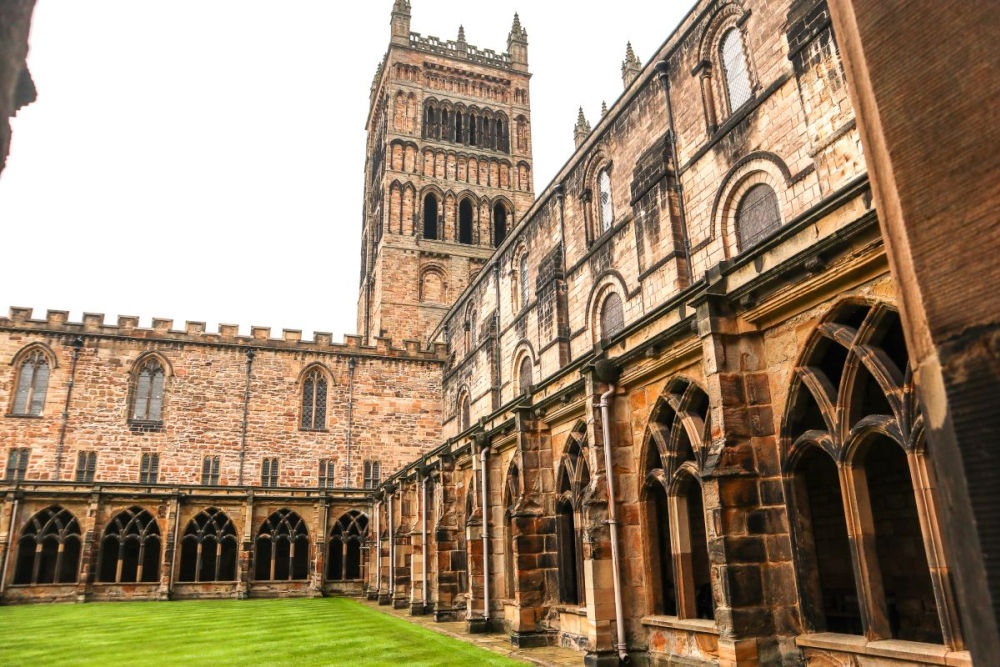
The cathedral was also chosen as a film location for a couple of the Harry Potter movies. Who can forget the stomach-churning scene in Harry Potter and The Chamber of Secrets where poor Ron messes up his “Eat Slugs” spell? The spectacular cathedral cloisters – once thronged by monks – were used for this scene.
Durham Castle, perched high above a bend in the River Wear, was built by a Norman baron favoured by William the Conqueror, to protect Durham against invasion from Scotland. It became home to the Prince-Bishops of Durham, who were religious leaders with secular powers. A place of learning for over 1,000 years, today the castle is owned by the highly regarded Durham University. Guided tours are provided by passionate, well-informed university students. Can you imagine a more incredible place to live as a student?
Contribution and Photo from Coralie of Grey Globetrotters
Inscribed to World Heritage List: 1986
Ironbridge Gorge Website || UNESCO World Heritage List Entry
Ironbridge Gorge gave the world its first iron wheels, steam-powered locomotive, and cast-iron bridges from its vast deposits of iron ore and coal, and the river it had to transport these materials. Though in the 20th century, these industries declined which led to the region’s deterioration, its history is undiminished.
Today the area has been given new life by being made a UNESCO World Heritage site that is the symbol of the Industrial Revolution.
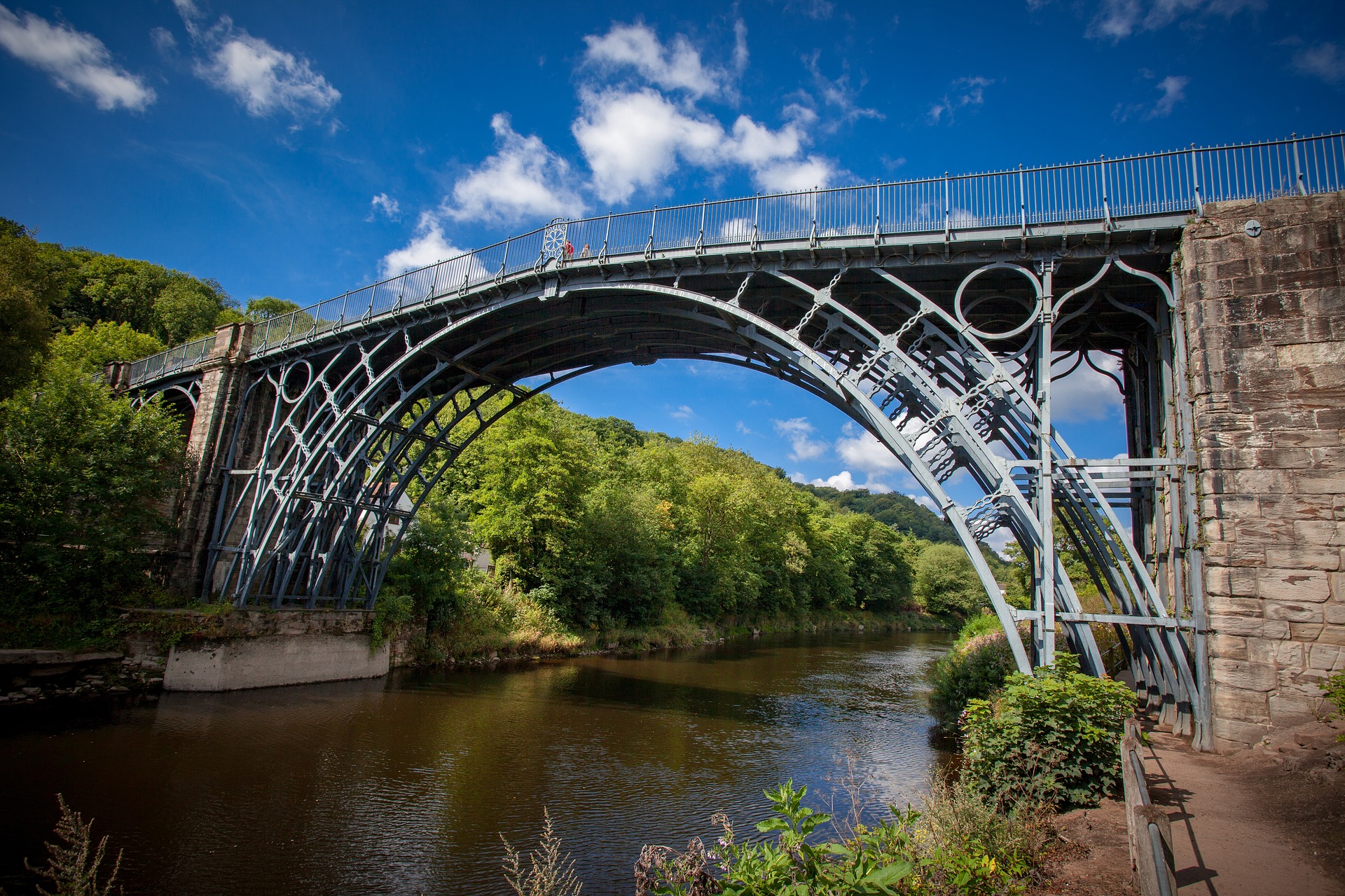
The Iron Bridge itself was the world’s first cast-iron bridge which was built in 1779 to show off this new building material. Because the builders didn’t have experience with cast iron, they erred on the side of sturdiness and make the bridge like they would have had it been made of wood (with timber-jointing techniques instead of rivets). The former tollhouse has an exhibit that charts the construction, and you can walk across the bridge and downstream along the towpath for great views.
Many fascinating museums dot the area to provide a better understanding of how important this area was to the industrial revolution. The Museum of the Gorge is a great place to start as it shows a movie that gives a historical overview and puts everything in the area into context.
The Coalbrookdale Museum of Iron tells the story of iron and the men who worked with it, including Abraham Darby I who discovered how to smelt iron ore with coke which allowed for mass production. Blists Hill Victorian Town is an open-air folk museum that features Victorian industry, factories, and a recreated community from the 1890s. Visitors can also board a train for a trip through a clay mine or visit a complete foundry that still produces wrought iron.
Inscribed to World Heritage List: 1997
Maritime Greenwich Website || UNESCO World Heritage List Entry
Maritime Greenwich is one of four UNESCO World Heritage Sites in London, the most of any city in the world along with Cordoba in Spain.
The site consists of several buildings from the early English Baroque period of the 17th and 18th centuries. This unique ensemble includes the Queen’s House (the sole remaining part of Greenwich Royal Palace, designed by Inigo Jones), the Old Royal Naval College, the Royal Hospital (by Sir Christopher Wren and, later, Nicholas Hawksmoor), the Royal Observatory, and Greenwich Royal Park.
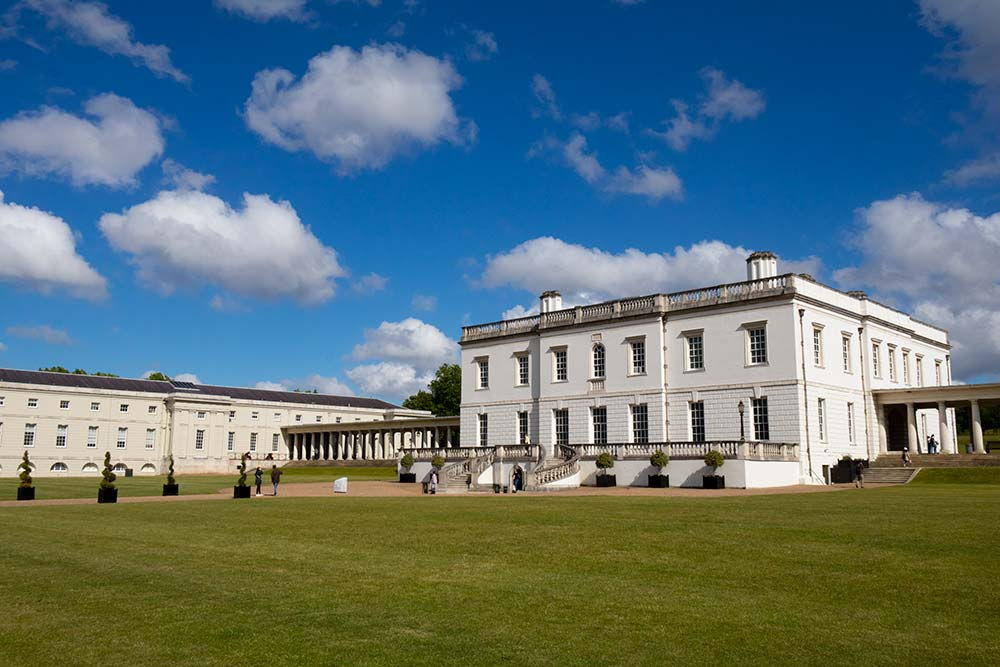
These buildings are among the finest in England, and it’s well worth taking a few hours to see them. The Royal Hospital and Old Royal Naval College are especially impressive from the river, so it’s worth considering arriving by boat from Central London if possible.
The Old Royal Naval College is best known for its magnificent Painted Hall, and the splendid Queens House is the first Palladian-style building in Britain. Both have had a profound influence on subsequent English architecture and design.
Greenwich Royal Observatory is a short walk up the hill from the Queen’s House and National Maritime Museum. This is of great interest as it is where major advances were made in the fields of astronomy and navigation – and this work led to the establishment of the Greenwich Meridian and Greenwich Mean Time, a standard which has been in use worldwide since 1884.
Contribution and Photo from David of Delve Into Europe
READ MORE: 8 Great UNESCO Sites to Visit from London
Inscribed to World Heritage List: 2001
Jurassic Coast Trust Website || UNESCO World Heritage List Entry
The Dorset and East Devon UNESCO World Heritage site covers about 95 miles. It’s popularly known as the ‘Jurassic Coast’ because it covers 185 million years of prehistoric history. Along the coastline, there are cool natural formations like Durdle Door and Lulworth Cove. The coastline is still changing from landslides and rockfalls; for example, there was a major cliff that fell in 2020 at Burton Bradstock.
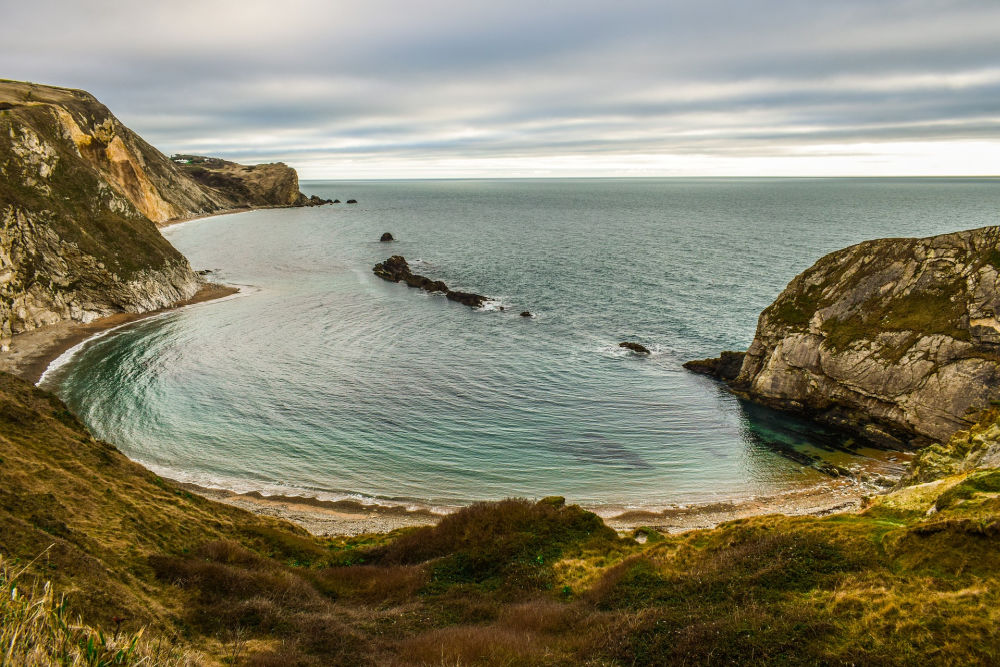
The area has been featured in movies such as Chesil Beach in The French Lieutenant Woman (1988) and Ammonite (2020), about the early paleontologist, Mary Anning. She did her work around Lyme Regis on the Jurassic Coast.
There is plenty to do along the Jurassic Coast especially for families. Not only are there beaches but lots of places for water sports like kayaking and coasteering. Take a hammer and go scouting for fossils on Charmouth Beach near Lyme Regis. Visit Castle Corfe which is a coastal stronghold that dates back to William the Conqueror and Norman times. Both Lyme Regis and Weymouth are seaside resorts made popular during Victorian times.
Many Londoners have second homes along the Jurassic Coast because it is well-connected to the capital with both train and road connections. They have made the area so popular, you’ll find plenty of places to stay, great pubs, and boutique shopping to round out any visit to the area.
Contribution from Shobha of Just Go Places
Inscribed to World Heritage List: 2001
Saltaire Village Website || UNESCO World Heritage List Entry
Located in West Yorkshire, Saltaire is a beautiful Victorian village that has been recognised as a UNESCO World Heritage Site since 2001.
Despite being small, Saltaire has many things to do in one day – from contemplating the outstanding architecture and going window shopping at its independent shops to wandering around its green spaces.
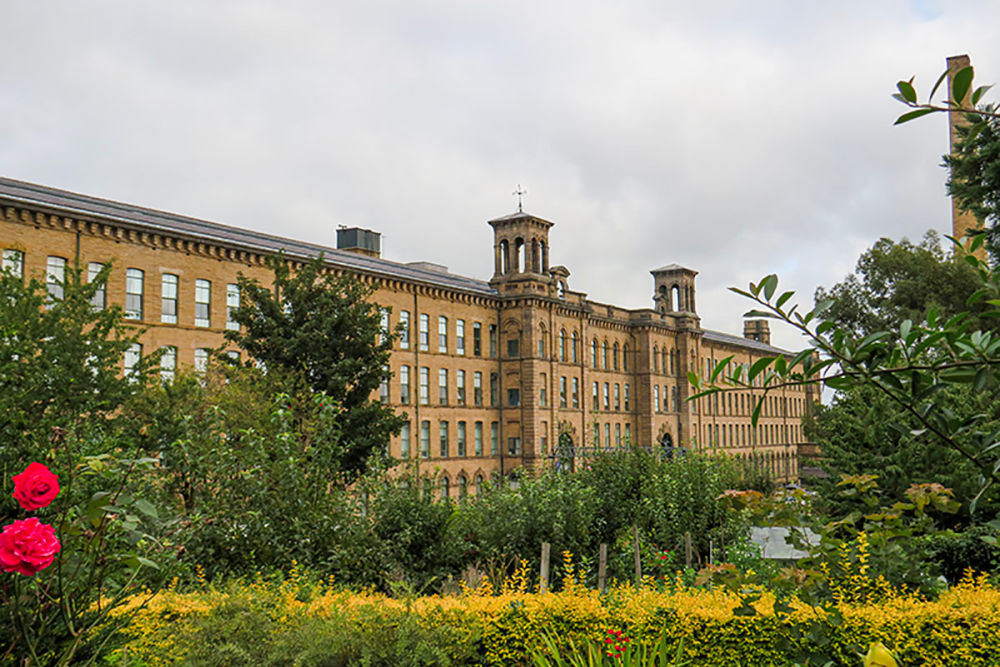
A place that you cannot miss in Saltaire is Salts Mill & 1853 Gallery situated near the train station. This Grade II Listed historic building has three spacious floors. The ground floor is home to one of the largest collections of David Hockney’s art. The second floor is a book paradise where you can also find Salts Diner restaurant and a shop dedicated to home accessories and furniture. Last but not least, the third floor is the place to learn about Saltaire industrial history and have tea at Salts Mill’s beautiful cafe called Café into the Opera.
In addition to this, it’s also worth seeing Saltaire United Reformed Church and going on The Aire Sculpture Trail.
If you fancy something sweet during your visit, try one of the delicious pasties and cakes at Salts Village Bakery in Victoria Road. It’s a very popular bakery among locals so don’t be surprised if you see people queueing outside.
Contribution and Photo from Cristina of My Little World of Travelling
Inscribed to World Heritage List: 1988
Canterbury Cathedral Website || UNESCO World Heritage List Entry
The Canterbury Cathedral, one of Britain’s most revered world heritage sites, stands majestic over the small city of Canterbury located about an hour and a half from Buckingham Palace in London.
Founded in 600 AD by Saint Augustine, Canterbury Cathedral was the most important place of learning for centuries. Its history is chained to that of England’s monarchy, therefore making it an important place to bury kings and queens.
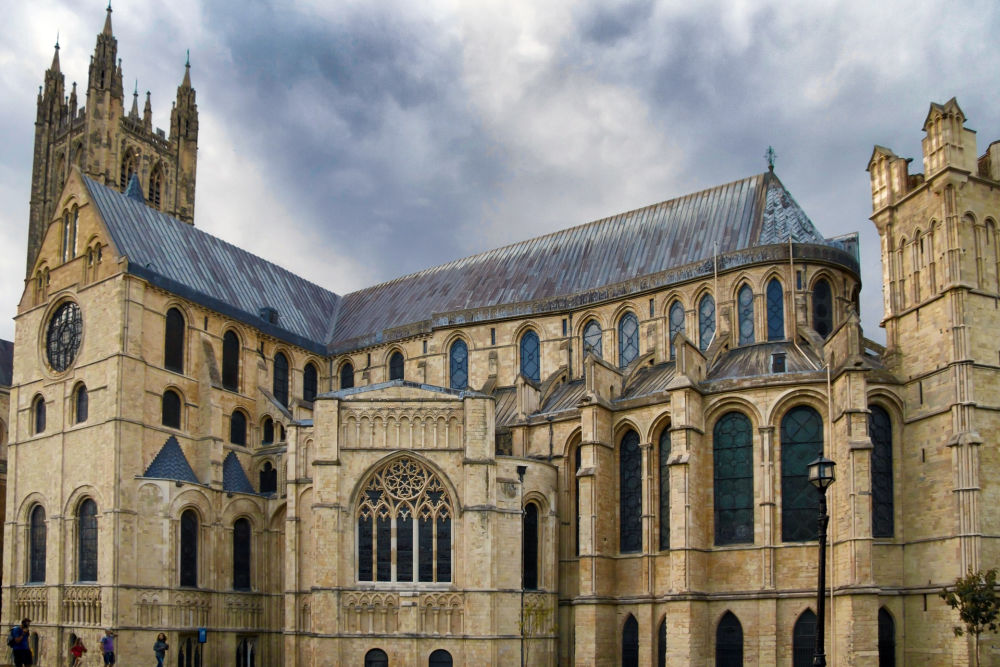
One of the most well-known stories of the cathedral is the murder of Thomas Becket in 1170 at the request of King Henry the II. Immediately after his demise, the cathedral became a pilgrimage site, and not 50 years later, Becket was canonized.
Made of French Caen stone, the cathedral boasts stunning stained glass windows, the graves of King Henry the IV and his wife Joan of Navarre, the Black Knight (Edward of Woodstock, son of Henry III), the Martyrdom (where Becket was murdered), and even a water tower (allowing the monks’ toilets to flush as early as the year 1165).
When visiting, take the time to chat with the many docents willing to share fantastic stories of the cathedral, such as during World War II when the townspeople kicked bombs off the roof during the Battle of Britain.
Don’t miss one of the most iconic and important sites in all of the United Kingdom, Canterbury Cathedral.
Contribution from Corinne of Reflections Enroute
READ MORE: 8 Great UNESCO Sites to Visit from London
Inscribed to World Heritage List: 2019
Jodrell Bank Observatory Website || UNESCO World Heritage List Entry
Jodrell Bank started its journey into the world of astrophysics in 1946 when Bernard Lovell used the site to perform investigations into cosmic rays. Over the years it expanded with new equipment and grew in importance as it participated in the exploration of the universe using radio astronomy. Such was the importance of its work and examples of mankind’s achievements that it was inscribed on the UNESCO World Heritage list in 2019.
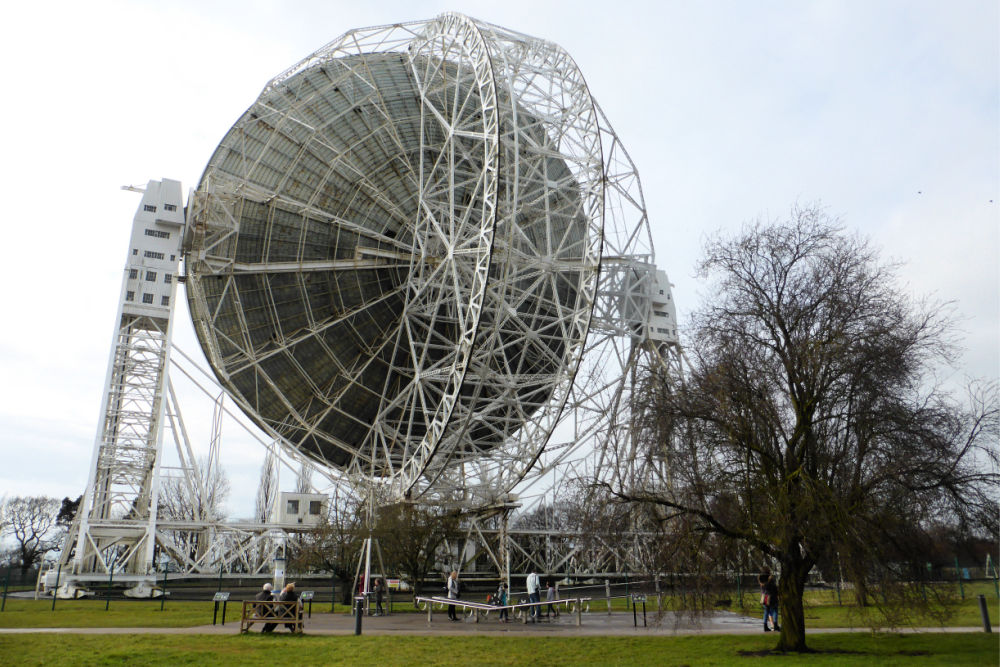
Visitors today can explore the history of the site, many of the original buildings are still standing, as well as explore the Visitor Centre and Arboretum. The Visitors Centre explains the history of the site as well as having an orrery, interactive exhibitions and family-oriented activities. The Arboretum contains a scale model of our solar system at a scale of 1:5,000,000,000 as well
The highlight of your visit will no doubt be the giant Lovell Telescope which dominates the landscape for miles around. Measuring 250 ft across, the radio telescope was the largest steerable telescope in the world when it saw its first light in 1957 and is still the 3rd largest today. Originally going by the rather dull name “250 ft telescope”, it was renamed in honour of Sir Bernard Lovell in 1987 to become “The Lovell Telescope”.
Inscribed to World Heritage List: 1986
Stonehenge Website || UNESCO World Heritage List Entry
Stonehenge, Avebury, and Associated Sites are some of the most famous historic sites in the UK. This UNESCO World Heritage Site consists of two areas, Stonehenge and Avebury, and is home to large neolithic stones and mounds.
These monuments were designated UNESCO World Heritage Sites in 1986 with Stonehenge listed as “the most architecturally sophisticated prehistoric stone circle in the world” and Avebury is listed as the “largest prehistoric stone circle in the world”. Aside from being culturally and historically significant, these sites are incredible to visit in person. The size of the monuments and the beauty of the landscape make these a must-see on any travel itinerary.
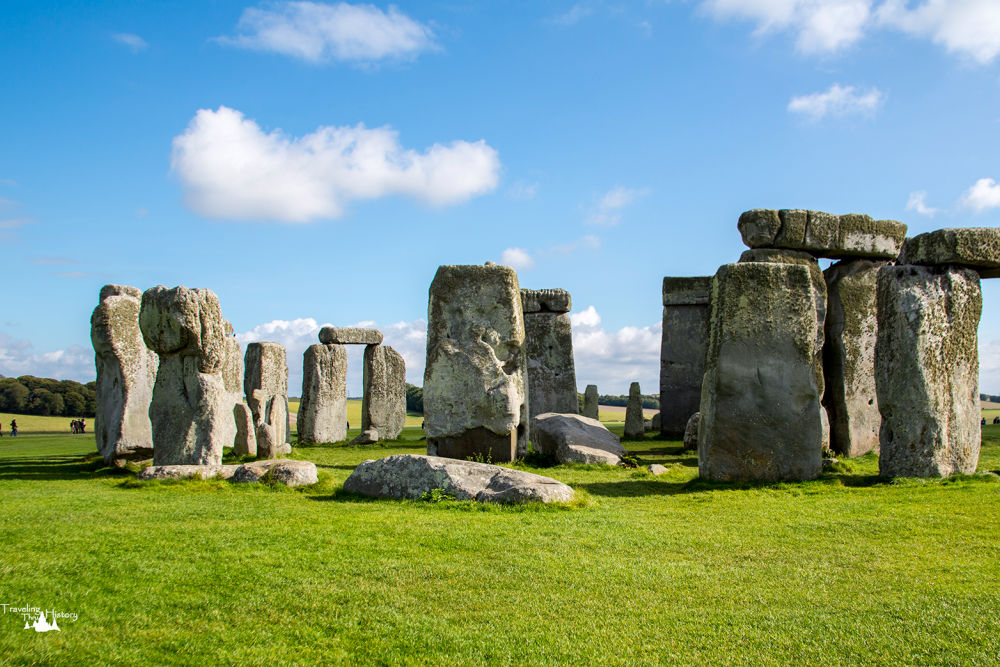
Stonehenge is popular for many reasons, some of which are its age, the sheer size of the stones, and the mystery surrounding the purpose of the site. The earth banks around the stone monument date back to 3100 BC while the single concentric ring of stones dates back to 2400-2200 BC. After the bones of 63 individuals were located at Stonehenge, theories began circulating that Stonehenge was a burial site, though it is unknown if that was the main purpose of the site.
Avebury became a UNESCO World Heritage Site in 1986. This site dates back to 2850-2200 BC and originally contained 100 stones laid out in layered concentric circles. Each stone is between 12-18 feet tall and some weigh over 80,000 pounds. The purpose of the site is unknown, but it is theorized both Avebury and Stonehenge had a religious purpose.
Contribution and Photo from Erin of Traveling Thru History
Inscribed to World Heritage List: 1988
Tower of London Website || UNESCO World Heritage List Entry
Built on the River Thames by William the Conqueror in 1066, the Tower of London was meant to protect London, assert William’s power, as well as provide a gateway to the city.
Today it is the most complete example of an 11th-century fortress remaining in Europe and has come to be seen as a symbol of royalty in England. It is famous not just for its architecture, but also for its many memorable historical associations which put it firmly on UNESCO’s World Heritage list.
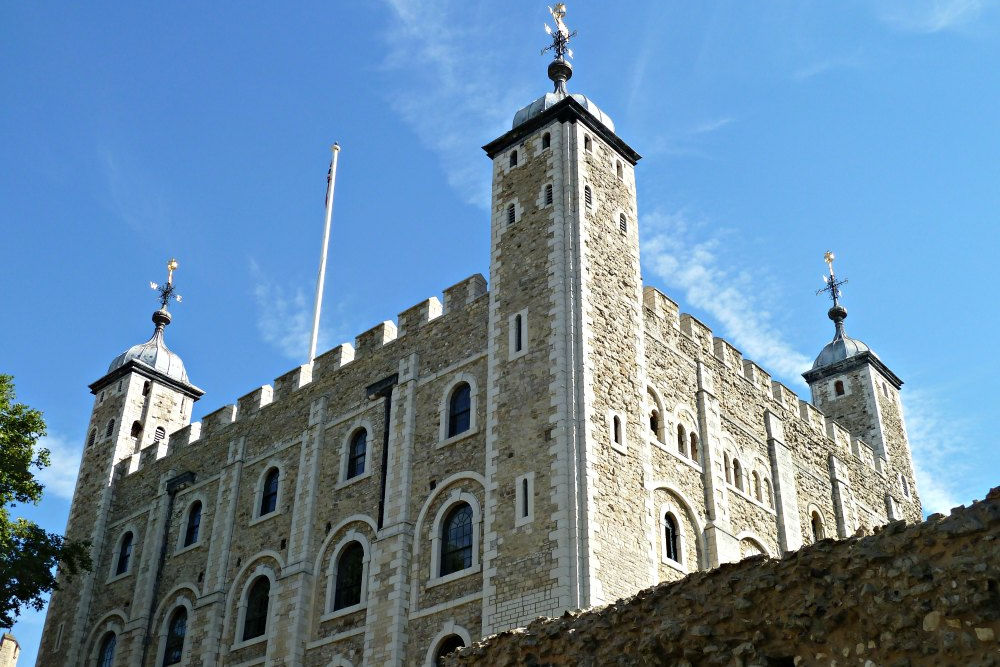
The Tower is a complex made up of fortifications, courtyards, and various other buildings, with the most impressive of these being the White Tower as its centrepiece. Although never really intended to be, it has served as a royal residence but its main purpose was really to be a stronghold with its curtain walls, moats, and ditches built by kings along the centuries.
It is also the setting for key historical events in European history such as the imprisonment of Edward V and his younger brother in the 15th century, and four Queens of England imprisoned in the 16th century whereby only Elizabeth I escaped the executioner’s axe.
Today the Tower of London is well worth several hours for a visit. Starting with a tour and tales by one of the Yeoman Warders, then on to see the Crown Jewels, exhibits in the White Tower, Medieval Tower, Bloody Tower, and Beauchamp Tower, the Traitor’s Gate, Scaffold Green, and the Chapel Royal.
READ MORE: Guide to Visiting the Tower of London
Inscribed to World Heritage List: 2001
Derwent Valley Mills Website || UNESCO World Heritage List Entry
Located in central England in rural Derbyshire, the Derwent Valley Mills is a series of 18th and 19th-century cotton mills that covers a 24 km long area from Matlock Bath to the centre of Derby along the valley of the River Derwent. The modern factory system was effectively born here which was crucial to Britain’s industrial revolution and growth and has earned this area a place on UNESCO’s World Heritage list.
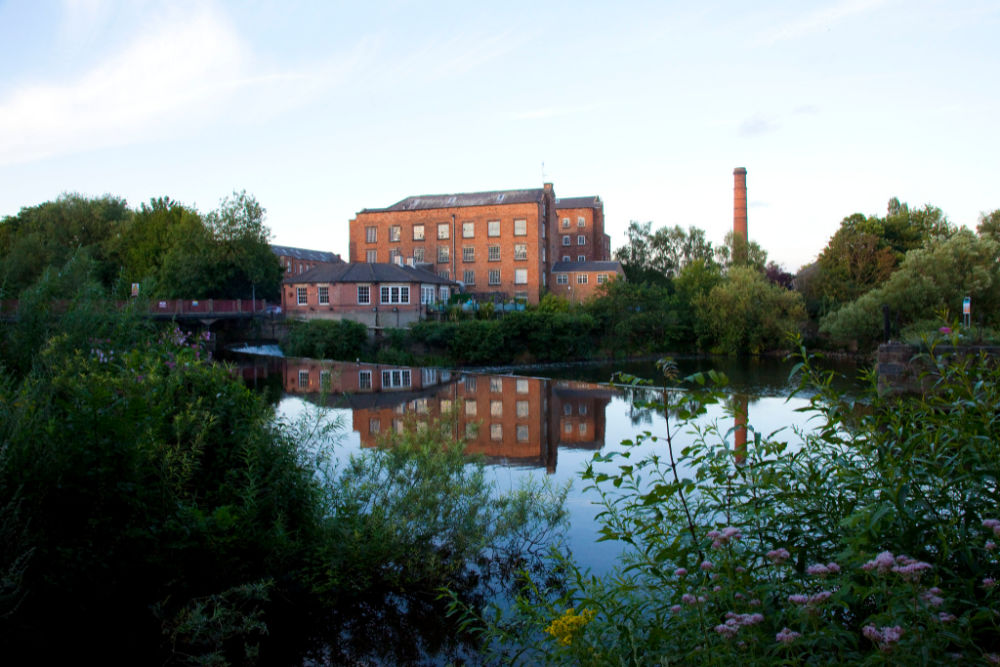
Photo Credit: Donna Rutherford / CC BY-ND 2.0
With such a large-scale industrial production in a rural area, the founder realised there was a need to provide homes and other facilities for the workers. This prompted the creation of the first industrial towns that included the housing, mills, and canals that are still intact and allow us to get a sense of the socio-economic development of the area.
Today visitors to the heritage site can explore many of these buildings such as:
- Masson Mills is a working textile museum with authentic machinery that shows how the original mill worked.
- Village of Cromford was originally a small hamlet with defunct lead mines that was turned around in the 1770s to include a mill, warehouses, a chapel, and housing for the mills’ workforce.
- Darley Abbey with four of its five mills remaining which makes it the most complete early cotton factory site in the area.
To finish off your visit to Derwent Valley Mills, make some time for a stroll along the Cromford Canal. Built in 1790 to join Cromford with Derwent, this is now a haven for wildlife and flowers and a lovely place for a quiet walk.
Looking for more information to plan your visit to England? You may find these articles helpful.
RESOURCES | PLAN YOUR TRIP TO ENGLAND
To book flights, rental cars, accommodations, and activities for your trip, please check out our recommended travel providers, favourite apps and websites.
- World Heritage Sites of Great Britain and Ireland: An Illustrated Guide to all 27 World Heritage Sites (there are actually more than 27 sites now but this is still a great book)
- World Heritage Sites: A Complete Guide to 1,073 UNESCO World Heritage Sites
- For all things Scotland, you can’t go wrong with Rick Steves! Check out his Scotland travel guide, full episodes of his TV show, or download his app for excellent audio tours.
- Looking for more great UNESCO sites to visit in the UK? Check out these eight great UNESCO sites to visit from London!
Some of the links in the post above are affiliate links. This means if you click on the link and purchase the item, we will receive an affiliate commission but this does not affect the price to you. Please read our full disclosure policy here.





